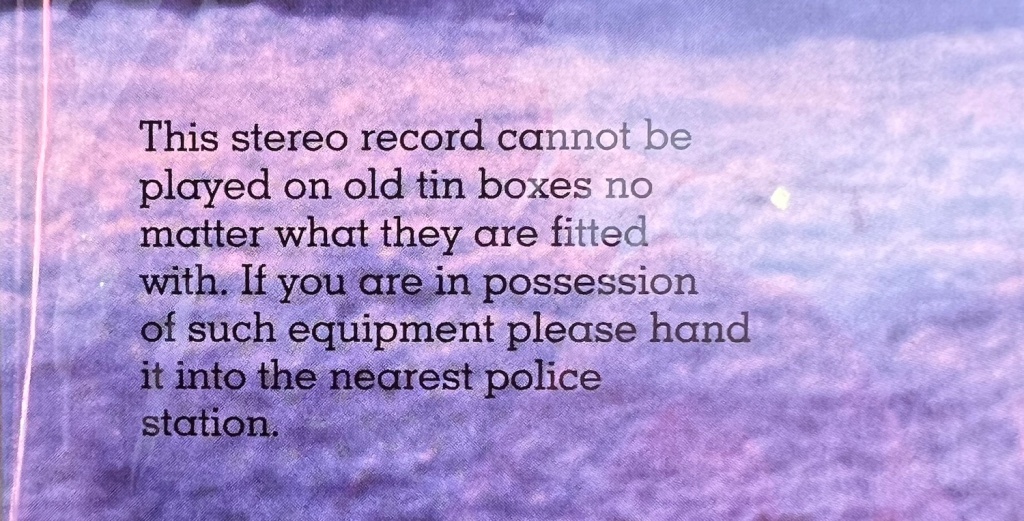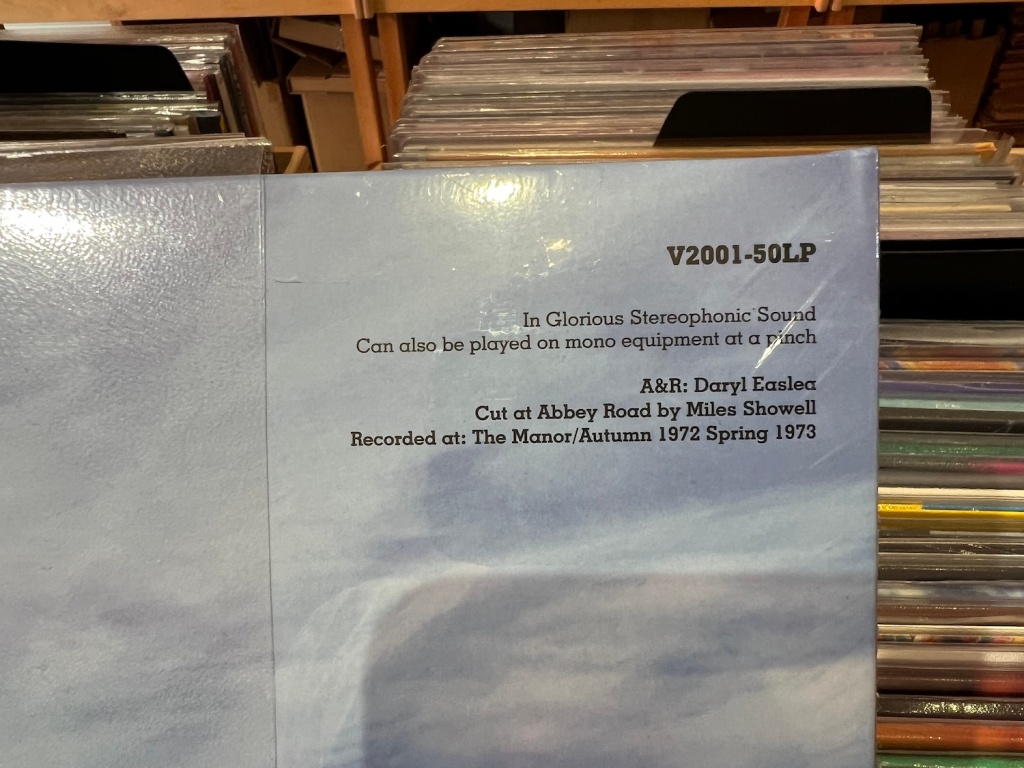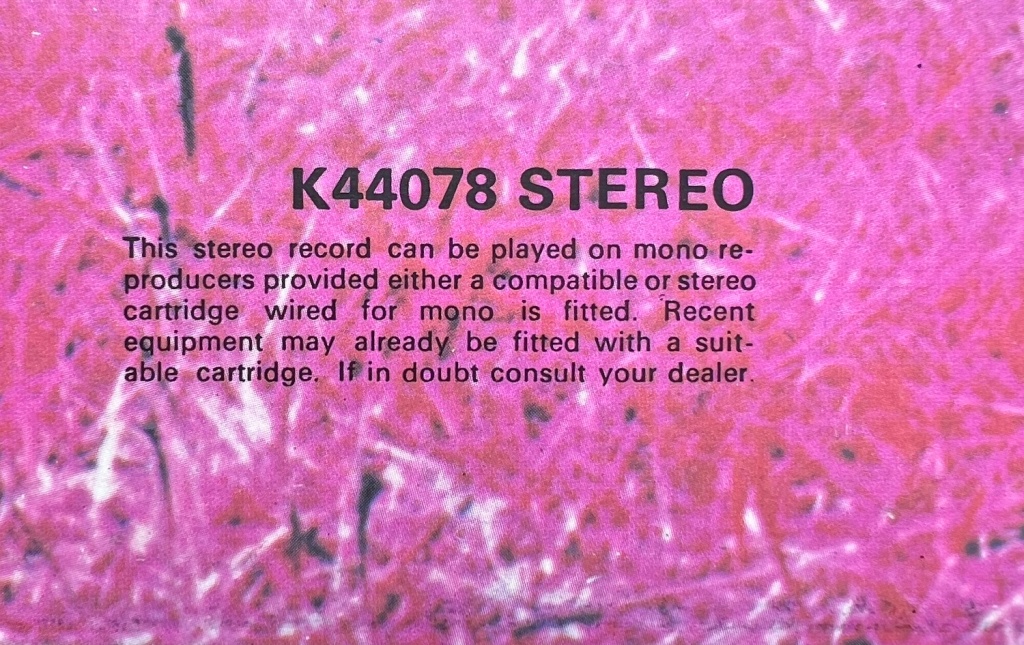The year 2024 marks the 50th anniversary of Mike Oldfield’s Tubular Bells reaching the summit of the UK album charts. The music probably sounds ploddy and pedestrian to today’s listeners, but it had a huge impact on the youngsters of the 1970s. And not just amongst the hippies.
Oldfield’s debut solo album went on to sell 15 million copies and spend an aggregate of five-and-a-half years on the UK chart, although it only reached number one some fifteen months after it was released. (Coincidentally, the album it knocked off the top spot, pop quiz lovers, was Oldfield’s second solo outing, ‘Hergest Ridge’.)
I listened to Tubular Bells again and again, simultaneously studying every word of the sleeve notes. That’s what people did in those days. That’s what I did, anyway. ‘Cover by Hipgnosis’. ‘Packaging by Shorewood’. ‘Jack Bruce appears courtesy of ECM Records.’ I lapped it all up. For a really good examination of the way the LP shaped our lives back then, I thoroughly recommend David Hepworth’s evocative book about the era, ‘A Fabulous Creation’. Anyway, it was on the back cover of Tubular Bells that I first came across an example of what we today call microcopy.
First, a bit of context. It had been standard practice since the introduction of stereo records to include a paragraph warning about the dangers of playing the album on incompatible mono equipment.
The message was more or less redundant as stereo had been around for a decade or more. I’m pretty sure no one was ever in sufficient doubt as to feel the need to ‘consult their dealer’. But still, there it was, sitting awkwardly straightlaced on albums by The Electric Prunes and Captain Beefheart, an ever-present reminder of finger-wagging officialdom staring up at you as you roll your joint.
But then Tubular Bells arrived. With its many themes and layers, its complex time signatures and the (for then) unconventional use of multiple overdubs, it was music that demanded to be heard properly. So some bright spark at Virgin – this was the newly established label’s first release – decided that the boring, over-familiar message on the cover could do with a bit of a rewrite.

To my young eyes, this subversion of the official message merely added to the overall effect the music was having on my young ears. It was confident and funny, and you couldn’t argue with the sentiment.
That first sentence is the killer. ‘Dead right’, you think to yourself. ‘Thank god I exchanged my Dansette Bermuda for this swanky new Sanyo G2611 Music Centre’. The second sentence probably raised a smile back in the age of Python and Milligan, but today I look at it and think they could have tried a little harder. Even ‘hand it into your nearest museum’ works better.
I reckon this was my first exposure to what’s now known in copywriting and UX (user experience) circles as microcopy. It’s when a writer looks beyond the headline and the main ‘selling’ text, and starts thinking about the incidental stuff – the add-ons, the mandatories, the everyday nuts & bolts.
The aim is to add an extra something. That could mean helping a user navigate a website in a simple, friendly way, writing an email’s ‘snippet’ – the line of text you see before you open an email – to make it more engaging, or just having a bit of fun with some boring bit of instructional copy. Done well it can make the reader feel warmer towards a brand. But overdo it or get the tone wrong and the reader immediately sees what you’re trying to do and thinks ‘oh FFS give it a rest!’
Incidentally, the sleeve-note writer of the 50th anniversary issue of Tubular Bells (it was released in 1973, remember, not reaching number one until a year later) had a go at updating that iconic paragraph. It’s shorter (good) and at least tries to retain the same tone (also good), but with mono record players not being a thing for over 60 years and everyone who owned one being dead, I’d argue that it didn’t need to be there at all.

Have you been impressed by any examples of microcopy? Or seen other examples where the writer should have reined it in? Tell me about them.


